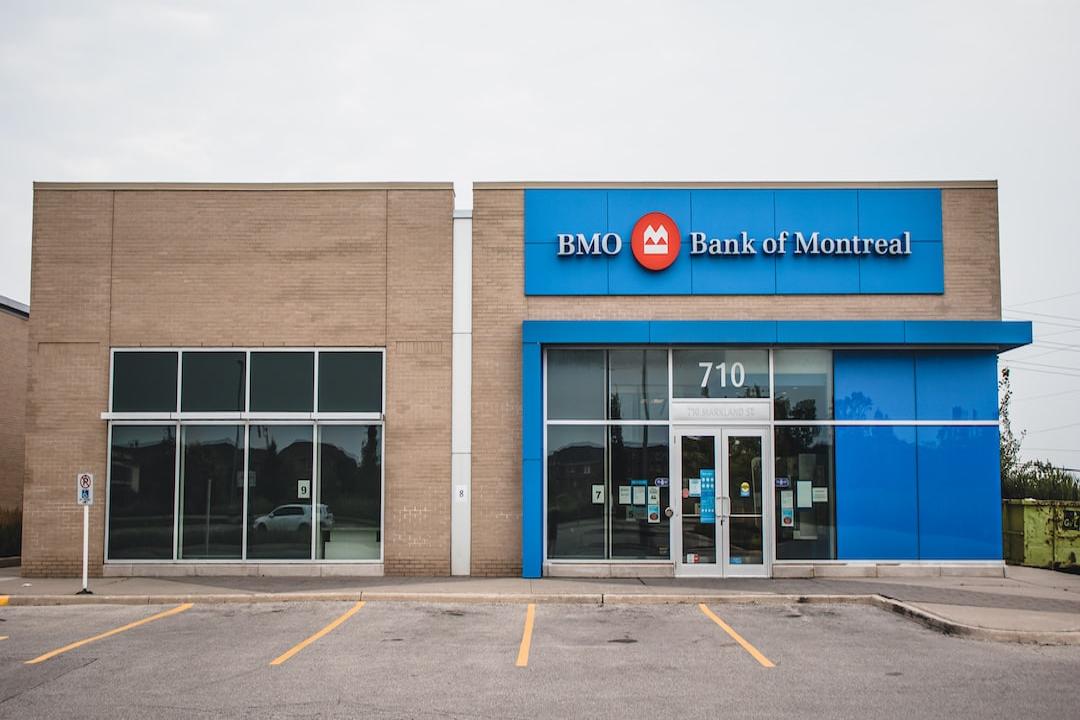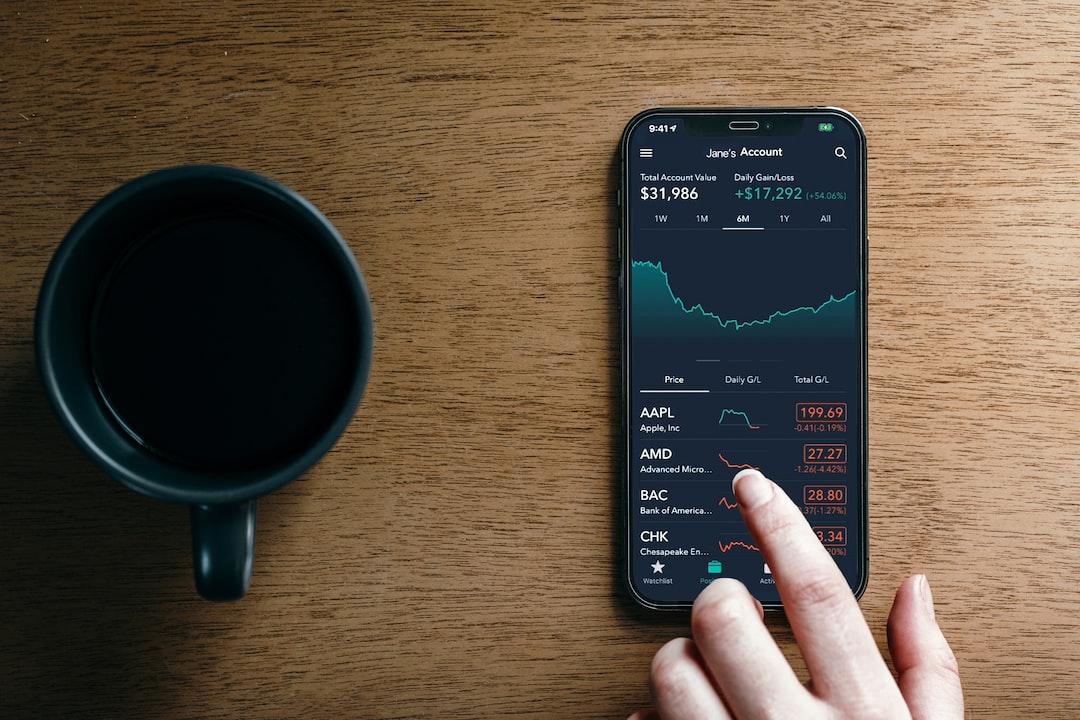Bitcoin halving is a key feature of the Bitcoin protocol. To understand its historical background, we must trace back to the origins of Bitcoin.
Bitcoin was proposed by Satoshi Nakamoto in 2008 and launched in 2009 with the aim of establishing a currency independent of traditional financial systems, with a maximum supply of 21 million. Bitcoin is released through mining, where miners verify and record transactions in exchange for new Bitcoin rewards.
Bitcoin halving occurs approximately every four years or every 210,000 blocks, where the reward for mining new blocks is halved (currently at 6.25 Bitcoins). This gradually reduces the rate at which new Bitcoin is generated until it reaches its limit around 2140.
There have been three halving events so far, with the fourth halving expected to occur on April 19, 2024. The previous halving events took place on January 28, 2012, July 9, 2016, and May 11, 2020.
These events have garnered market attention and can have a positive impact on the price of Bitcoin in the short term, although their long-term effects are influenced by various factors such as market demand and macroeconomic conditions.
This report focuses on the impact of Bitcoin halving on the cryptocurrency market and its relationship with the global financial market, evaluating the potential and risks of Bitcoin as an emerging asset class.
Bitcoin halving has different degrees of impact on investors, traders, and miners.
Bitcoin Investors:
Past performance of Bitcoin before and after halving:


Based on past halving events, although Bitcoin tends to reach new all-time highs after each halving, we observe that it takes longer and the multiples are lower to achieve those highs.
Addresses with different Bitcoin balances:


Non-zero balance wallets have surpassed the 50 million mark. Wallets with more than 1 Bitcoin have also exceeded 1 million. These types of wallets reflect the overall adoption of cryptocurrencies over time, including halving events.
On the other hand, the number of whale wallets (balances exceeding 100 or 1,000 Bitcoins) has decreased since the last halving.
Bitcoin Traders:
Bitcoin spot trading volume changes:
The average daily spot trading volume in the past week has been around $25 billion, still far from the levels of the previous bull market. Although spot trading volume has been gradually increasing since the last bear market, the price of Bitcoin is not far from its previous all-time high.


A V-shaped trend in price movement and trading volume is slowly forming. With the upcoming halving event and increasing adoption of cryptocurrencies, more trading activity is expected.
Active Bitcoin wallet addresses:
Bitcoin halving usually brings new narratives to the Bitcoin ecosystem and injects new user activity. Historically, the number of active Bitcoin addresses tends to remain stable within a certain range before each halving, and then experiences a surge after the actual halving event.


This time, the narrative revolves around Bitcoin’s Layer 2, and it is expected that many related projects will officially launch before and after the halving event, which should bring a new wave of user growth to the entire Bitcoin ecosystem.
Bitcoin Exchange Balances:
Exchange balances are often seen as important on-chain indicators. Higher balances indicate that traders are depositing Bitcoin into exchanges, which can lead to selling pressure, and vice versa.


Facing the upcoming halving event, exchange balances have reached a new low since the last halving event. The latest balance is 2.31 million Bitcoins, accounting for 11.02% of the total supply.
Miners:
Miner balances – the challenge of miner survival:
With the exception of the halving during the bull market in May 2020, we have observed that Bitcoin balances in miner wallets are rapidly depleting before each halving. This is mainly due to the sharp decrease in miner income caused by the halving. Mining companies and farms require a significant amount of funds to upgrade mining machines and equipment in order to mine Bitcoin faster and more efficiently than others after the halving. Faced with funding pressure, they tend to raise short-term funds through selling Bitcoin or engaging in leveraged operations.


The upcoming halving event seems to be no exception. Since the fourth quarter of 2023, Bitcoin miners have started to continuously sell Bitcoin, and the balance has now dropped to the lowest point since June 2021.
Miner Income:


Although the halving event results in a decrease in block rewards, the total income of miners largely depends on the price performance of Bitcoin. Currently, miner income has recovered significantly compared to the last bear market.
Macro:
Bitcoin Market Cap vs. Central Bank Assets:
Is Bitcoin a tool for hedging against currency devaluation? This is a question of concern for many investors.
The assets of global central banks indicate that global liquidity is one of the causes of currency inflation, which seems to be related to the market cap or price performance of Bitcoin.


Historical Asset Class Returns:
Historical returns divided by asset class from 2012 to 2023 indicate that Bitcoin has been the best-performing asset in 9 out of 12 years. Although it has performed well, especially in halving years and the subsequent year, we observe a pattern that Bitcoin becomes the worst-performing asset class in the second year after the halving event (including 2014, 2018, and 2022).


One-Year Correlation Matrix for Bitcoin:
In a one-year timeframe, the price movements of Bitcoin and the S&P 500 index often exhibit high correlation, reaching 0.85. On the other hand, Bitcoin shows a slight negative correlation with the US dollar and oil prices.


Data source: CoinEx Research, CoinMarketCap, Yahoo Finance; Data as of February 8, 2024: USD: U.S. Dollar Index, Gold: XAU, Emerging Market Stocks: iShares MSCI Emerging Markets, Core Bond: iShares Core U.S. Aggregate Bond, HY Bond: SPDR Bloomberg High Yield Bond, Gold: XAU, Oil: Crude Oil, REITs: FTSE Nareit All Equity REITs
Asset Allocation:
Bitcoin: Rolling 90-day correlation


Source: CoinEx Research, CoinMarketCap, Yahoo Finance; Data as of February 8, 2024: USD: U.S. Dollar Index, Gold: XAU, Core Bond: iShares Core U.S. Aggregate Bond
Bitcoin: Rolling one-year correlation


Source: CoinEx Research, CoinMarketCap, Yahoo Finance; Data as of February 8, 2024: USD: U.S. Dollar Index, Gold: XAU, Core Bond: iShares Core U.S. Aggregate Bond
This is a long-term view of the one-year rolling correlation of Bitcoin with other asset classes. The correlation between Bitcoin and the US dollar has risen from negative to almost zero.
Bitcoin Price Volatility:
Indeed, compared to stocks or fixed income, Bitcoin has been a volatile asset class. However, it is worth noting that as institutional investors increasingly adopt Bitcoin, the annualized volatility of Bitcoin has shown a clear downward trend. The Bitcoin market will become more efficient and exhibit lower volatility.


Asset Flows:
Bitcoin ETF Net Inflows:
Since the listing of Bitcoin spot ETFs on US exchanges on January 11, within just over a month, the 10 different Bitcoin ETFs launched have attracted net inflows of over $4.87 billion, with the exception of Grayscale’s GBTC, which has seen continuous outflows.


Bitcoin ETF Net Inflows:
Apart from substantial outflows from Grayscale, other Bitcoin ETFs continue to attract inflows. It is worth noting that iShares Bitcoin Trust (IBIT) by BlackRock and Fidelity’s Fidelity Wise Origin Bitcoin Fund (FBTC) have been launched.


Open Interest of Options Contracts and Perpetual Contracts:
Investors and speculators often use derivative products to gain exposure to the cryptocurrency space or execute hedging strategies.
While futures perpetual contracts have been the most popular product in recent years, options have gained significant attraction in the market. In fact, since the second quarter of 2023, open interest in options has consistently exceeded that of perpetual contracts.
With the upcoming halving event and the increasing adoption of cryptocurrencies by retail investors and institutional funds, market activity in derivative products is expected to show a positive trend.


Physical Bitcoin Ownership Overview:
Overall, approximately 30% of the current total supply of Bitcoin is confirmed. Exchanges, including Binance, Bitfinex, and Coinbase, collectively hold over 1.8 million Bitcoins, accounting for more than 8.8% of the total supply.
Publicly listed companies collectively hold around 385,000 Bitcoins, with MicroStrategy holding 190,000 Bitcoins, accounting for 0.9% of the total supply. Institutional funds have also accumulated a significant amount of Bitcoin, totaling over 850,000 Bitcoins, with Grayscale Bitcoin Trust being the largest holder, with over 450,000 Bitcoins.


Asset Allocation:
If Bitcoin becomes the next strategic asset class


The market cap of Bitcoin is only 1/13th of gold, making it a strategic asset class for diversifying portfolio risk for traditional investors.
With the approval of Bitcoin spot ETFs and the expected influx of more institutional funds into this emerging asset class.
How much capital can flow into Bitcoin?


Let’s take a look at global asset management companies. Even if they allocate just 1% to Bitcoin, it can bring over $1 trillion in funds to this asset class, while the market cap of Bitcoin is only $1 trillion.
However, it should be noted that authorization and regulatory issues remain barriers to cryptocurrency adoption, so the above content is only an illustration of the potential market.
Optimizing Portfolio Performance through Bitcoin Allocation
CoinEx’s research team has backtested the performance of a traditional 60/40 investment portfolio compared to various Bitcoin allocation scenarios. The results clearly show that adding Bitcoin, even with single-digit allocations, not only significantly improves the equity curve but, more importantly, greatly enhances the risk-adjusted return of the portfolio.
The detailed analysis is shown in the table below.


Backtesting of Bitcoin Portfolio Allocation
Diversification is key in portfolio management. In fact, the backtesting results show that even allocating 1% of Bitcoin can improve the risk-adjusted return or Sharpe ratio of the portfolio.
A 5% Bitcoin allocation leads to further optimization of the Sharpe ratio, but its impact on portfolio volatility and maximum drawdown is still relatively small.


Cryptocurrency Regulation
Global Perspectives on Cryptocurrency Regulation


Conclusion
The impact of Bitcoin on the cryptocurrency and global financial markets is multifaceted and significant. Historical patterns indicate that halving events often attract more market attention, and the price of Bitcoin tends to reach new highs, although the speed of these increases and growth multiples have been slowing down. The increase in non-zero balance wallets and the decrease in the number of whale wallets indicate a growing adoption of cryptocurrencies. Additionally, halving events often trigger new narratives, increase user engagement, and precede the launch of related projects, thereby driving the growth of the Bitcoin ecosystem.
In terms of the global financial market, the performance of Bitcoin is increasingly related to global liquidity, its correlation with other asset classes, and the adoption by institutional investors. Despite regulatory challenges, Bitcoin is slowly being recognized and invested in by more institutional funds.
In this context, the future development of Bitcoin is bound to attract high attention. With the shift of global central banks and the recovery of market liquidity, Bitcoin is expected to experience more positive development after the halving.
This article provides official content and does not represent the position and investment advice of this platform. Readers must conduct their own careful evaluation.

